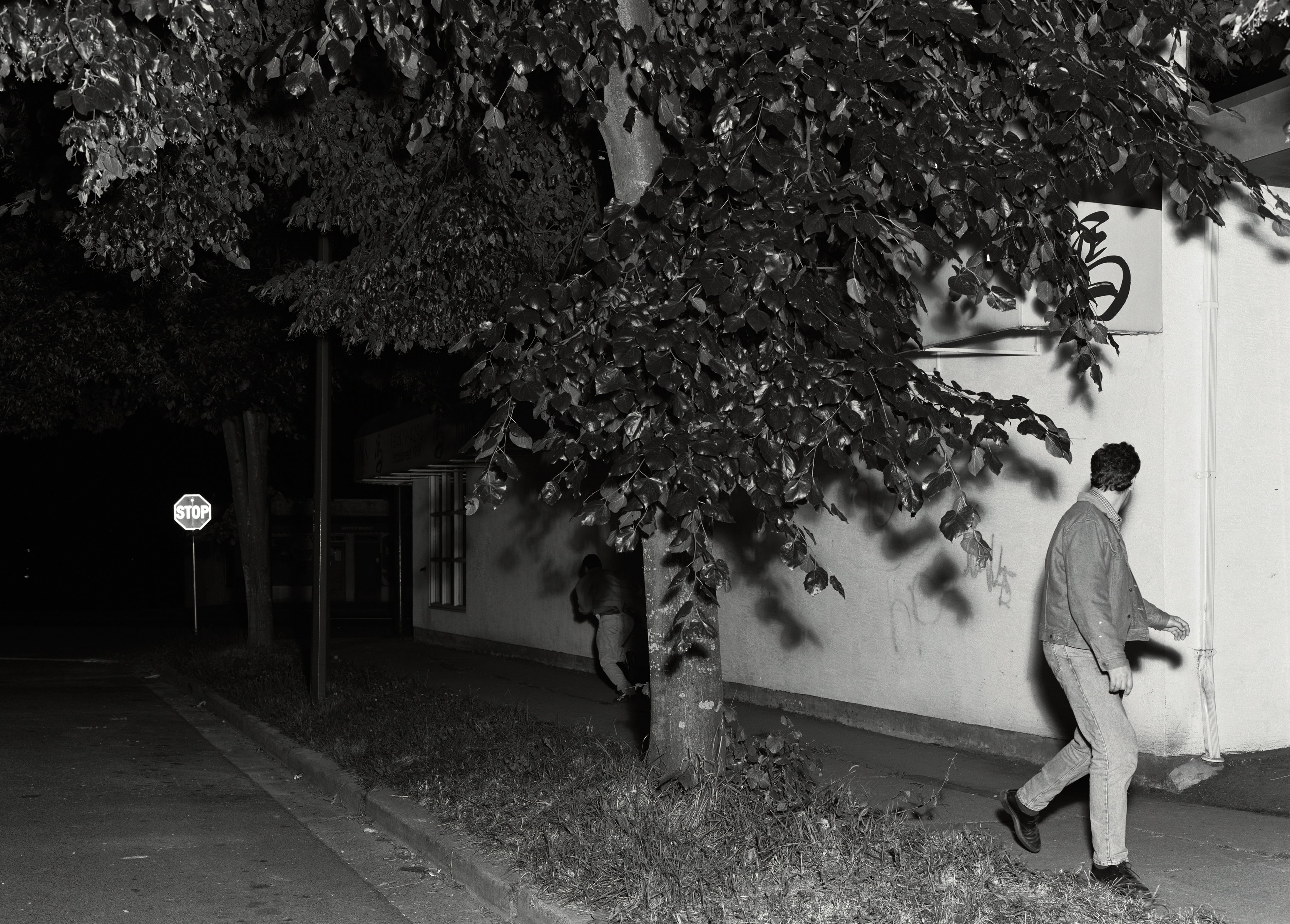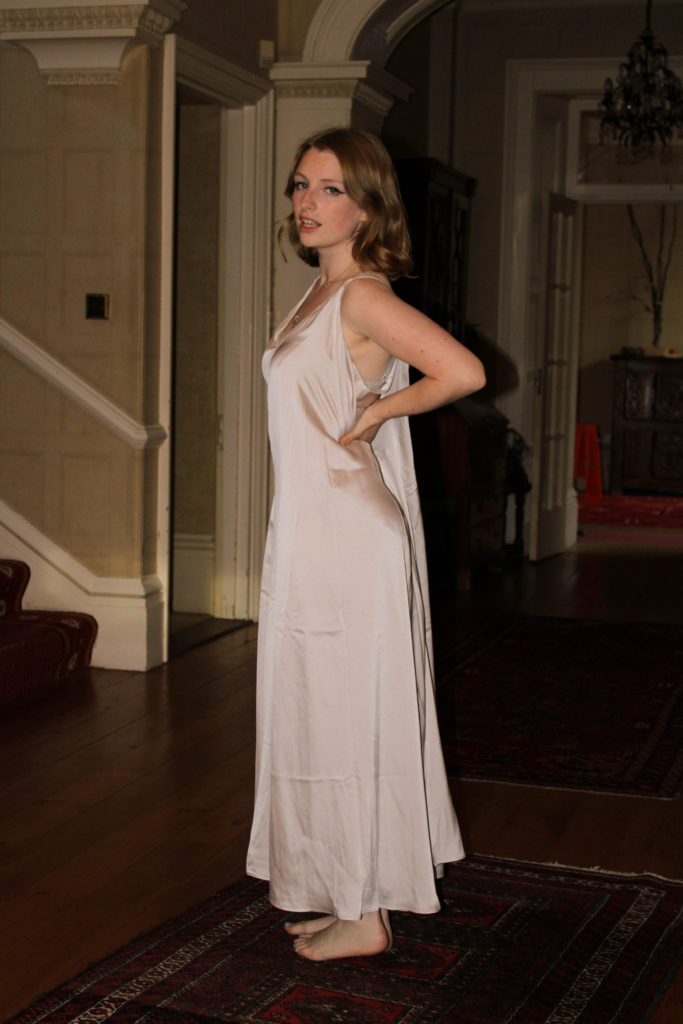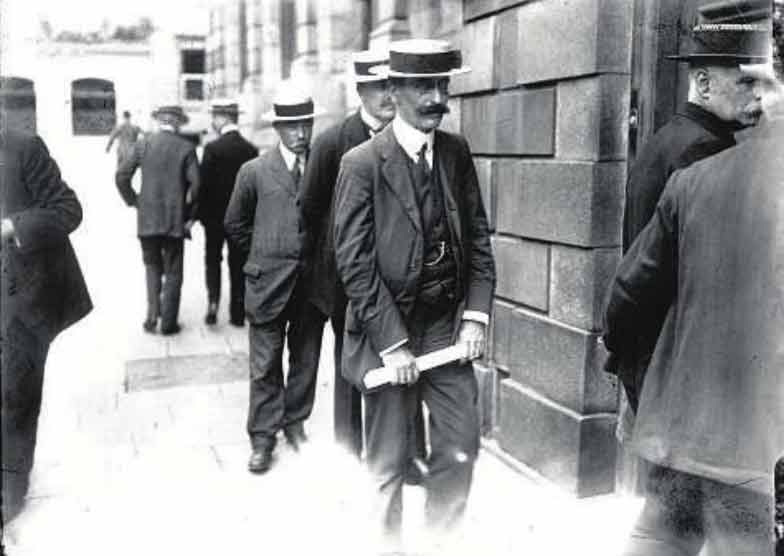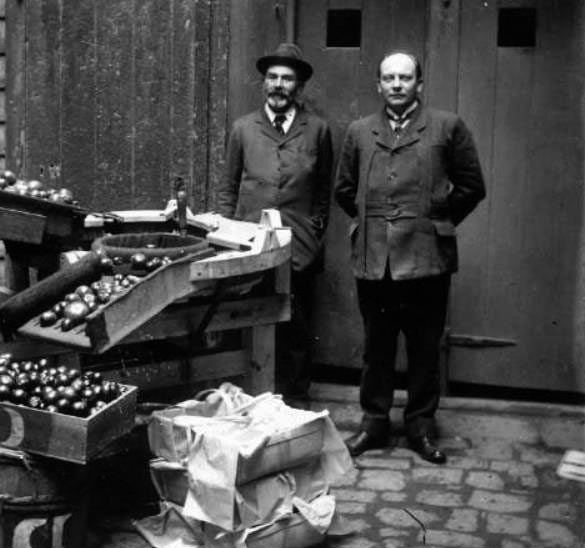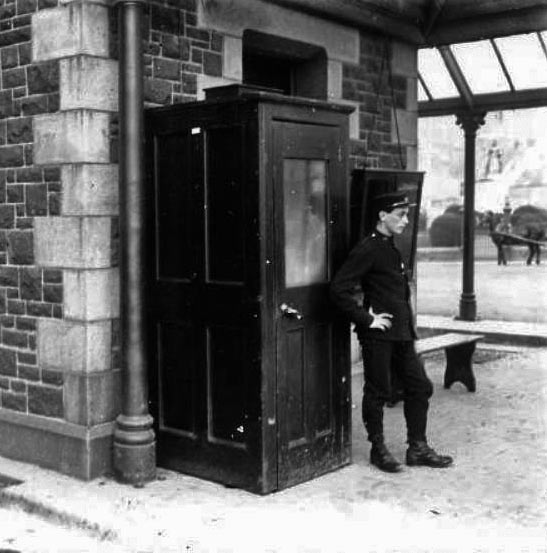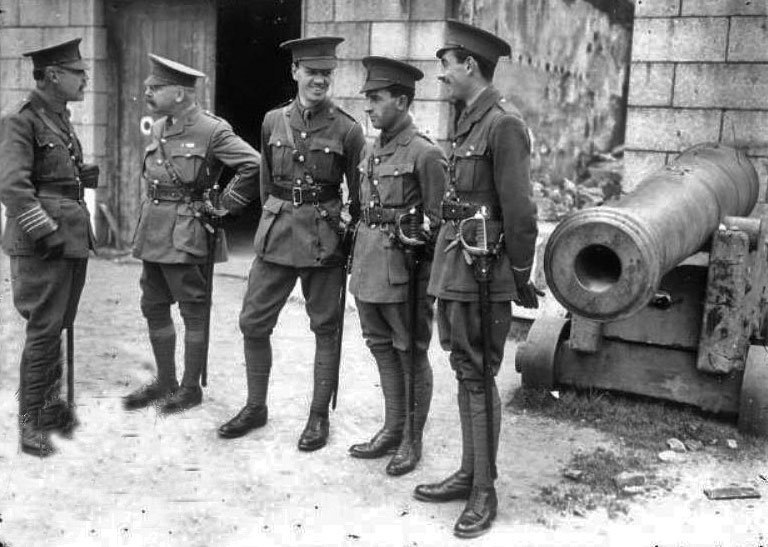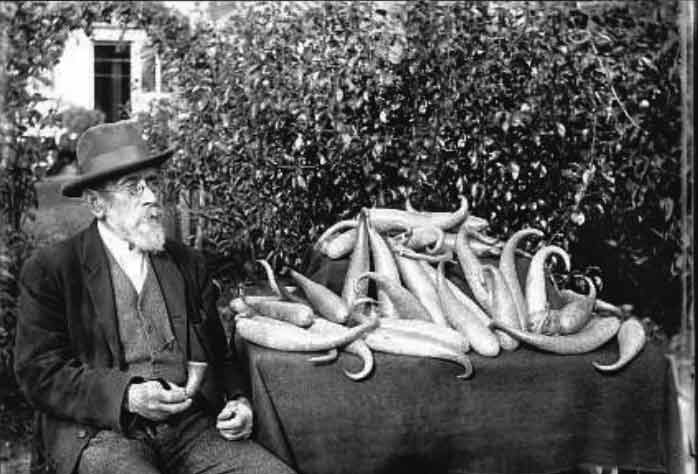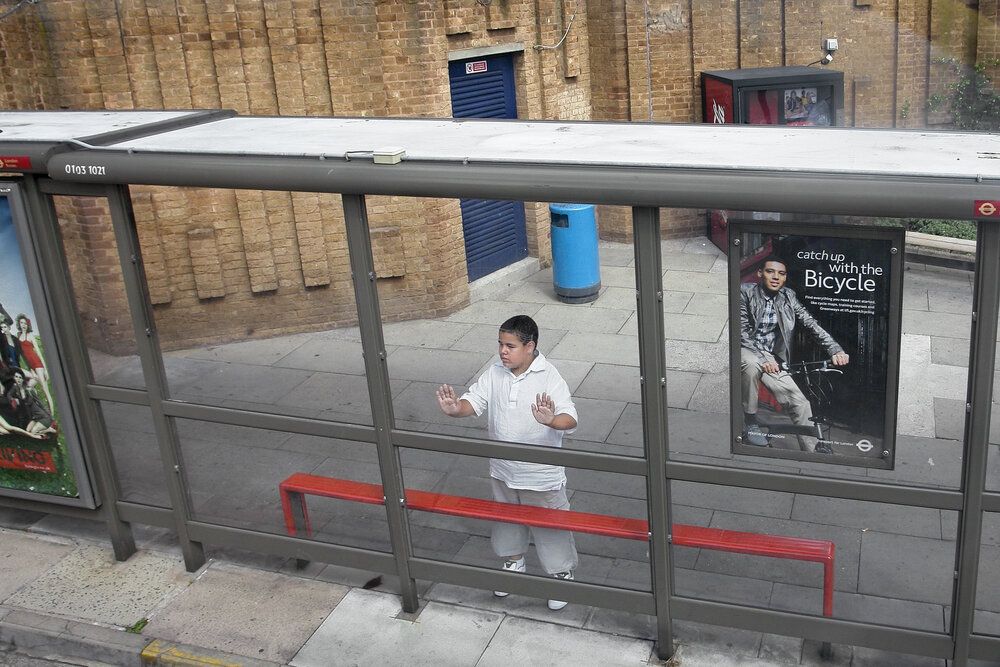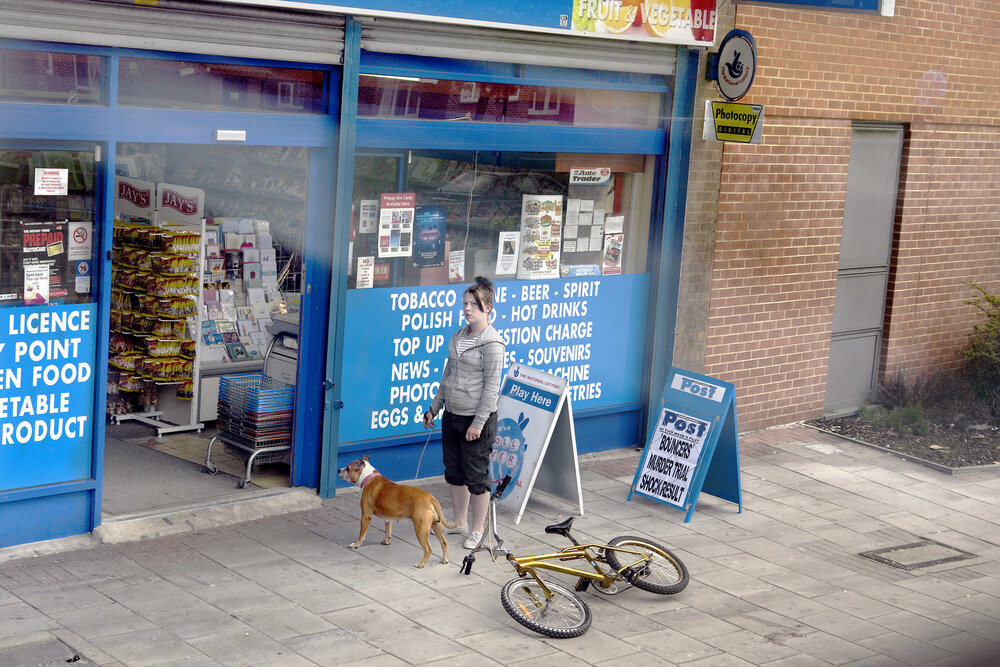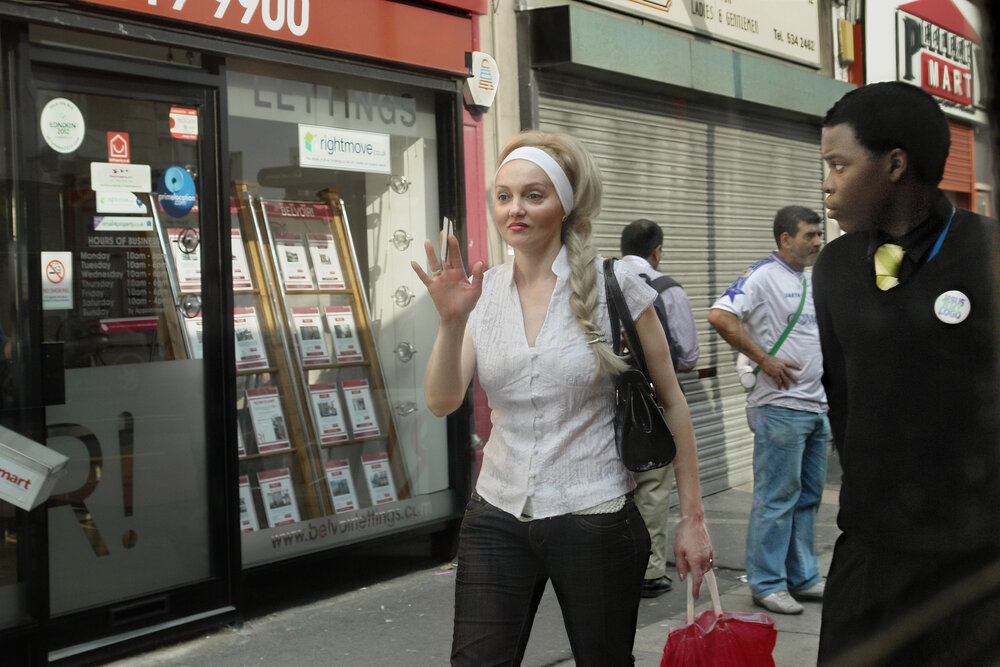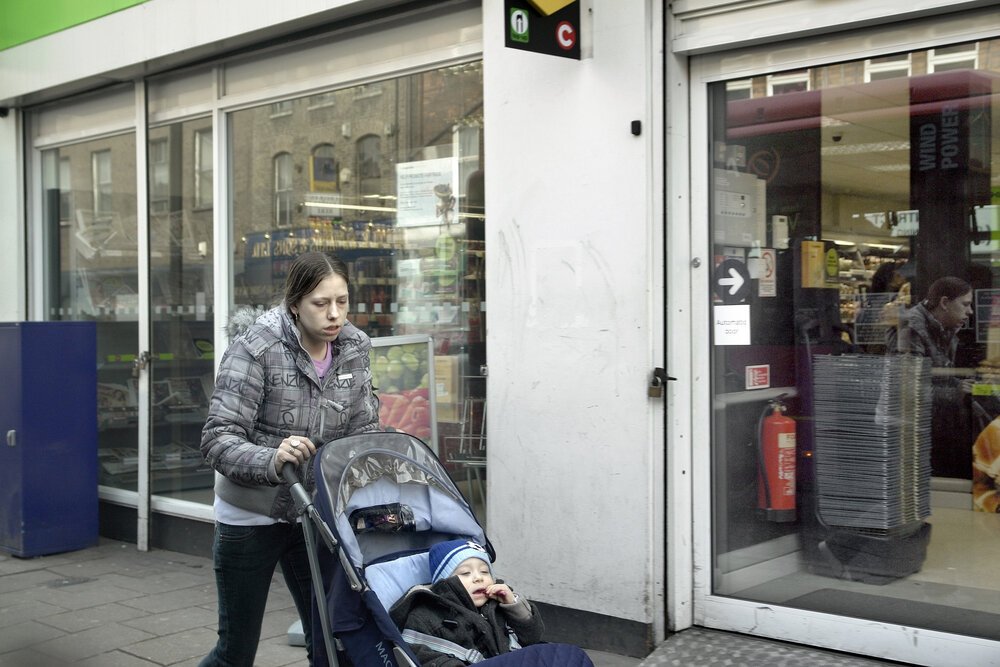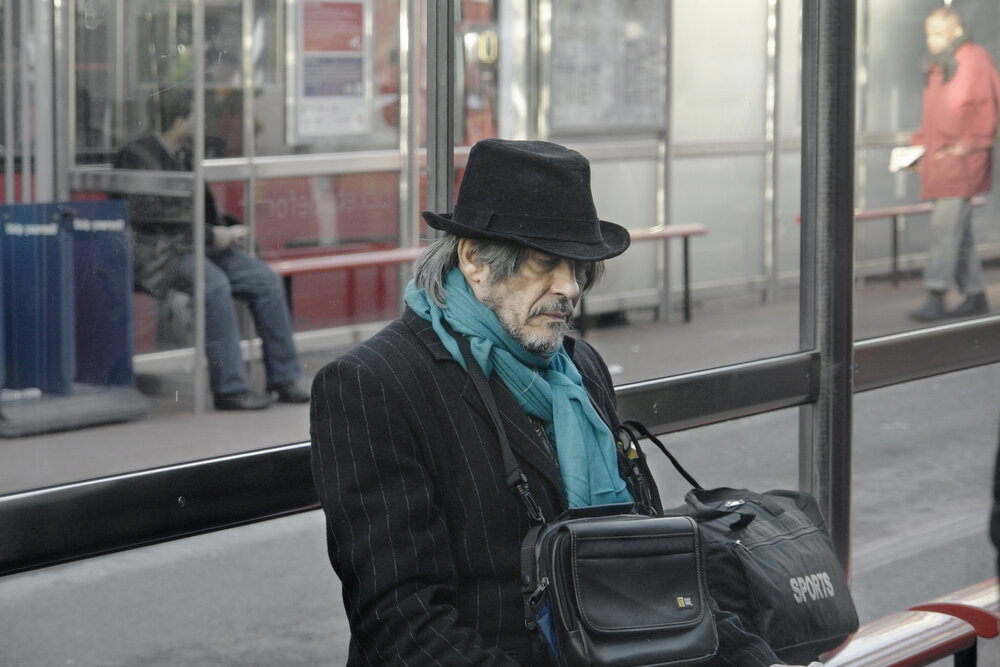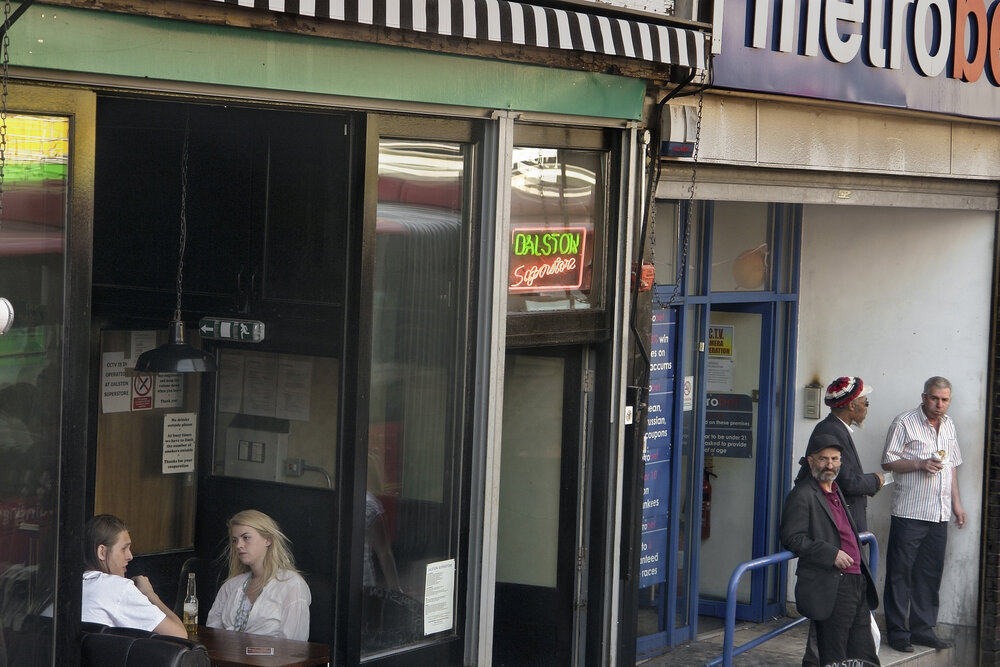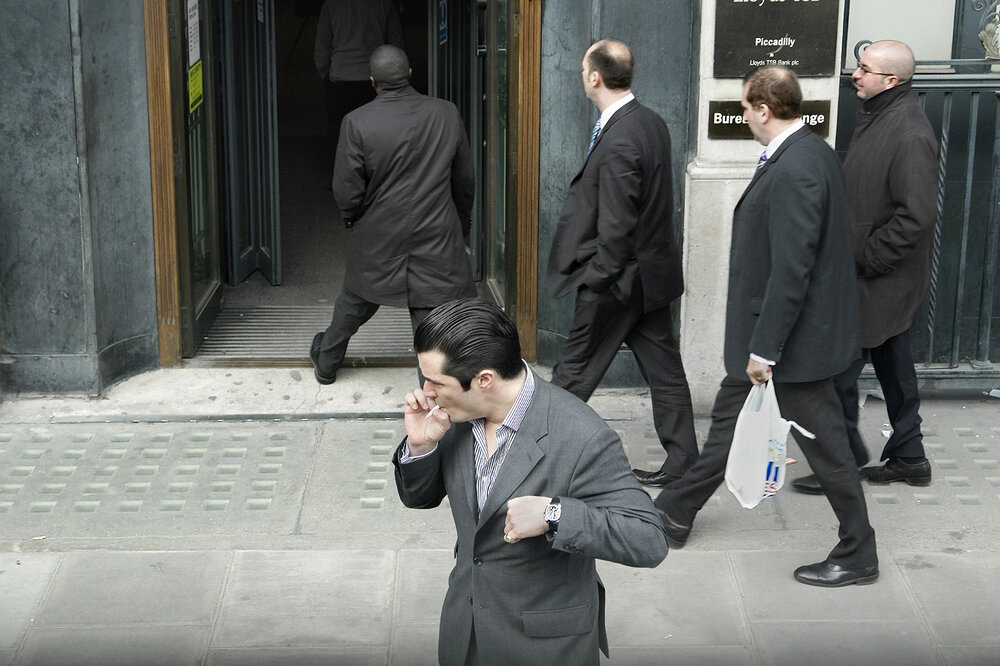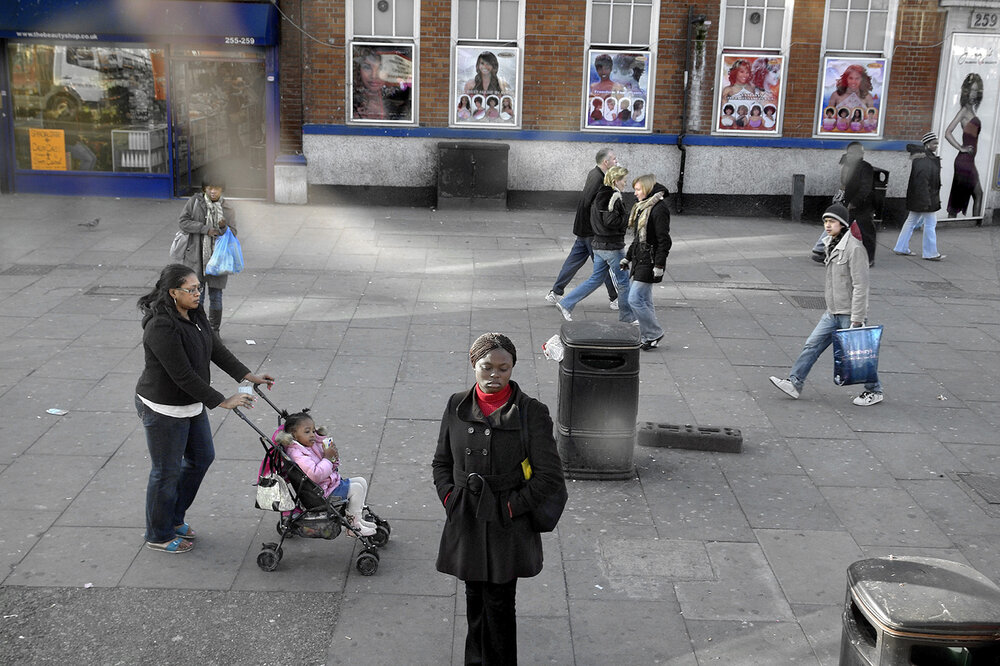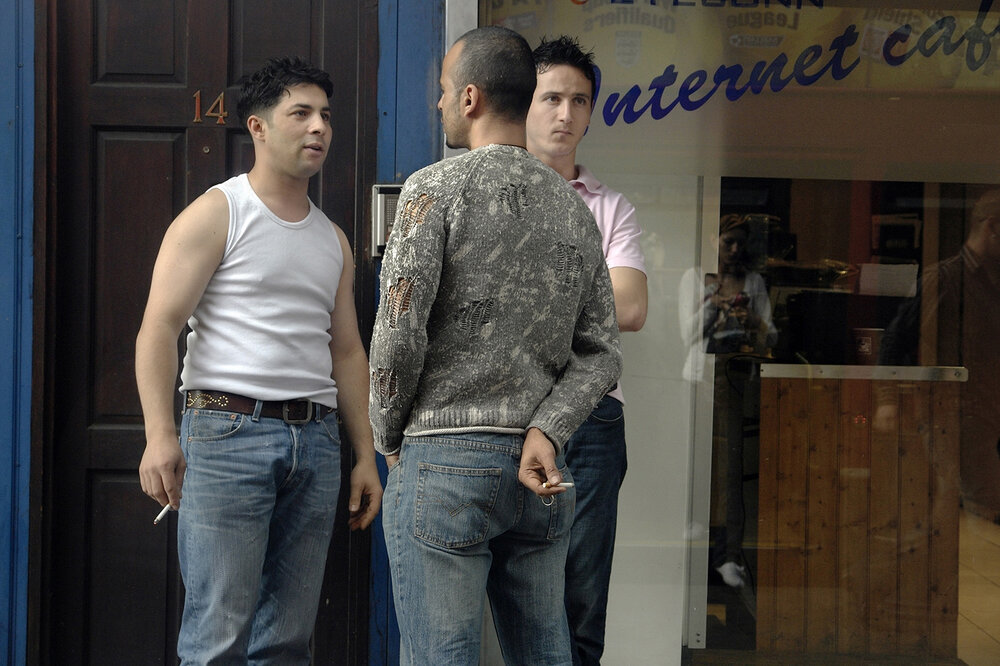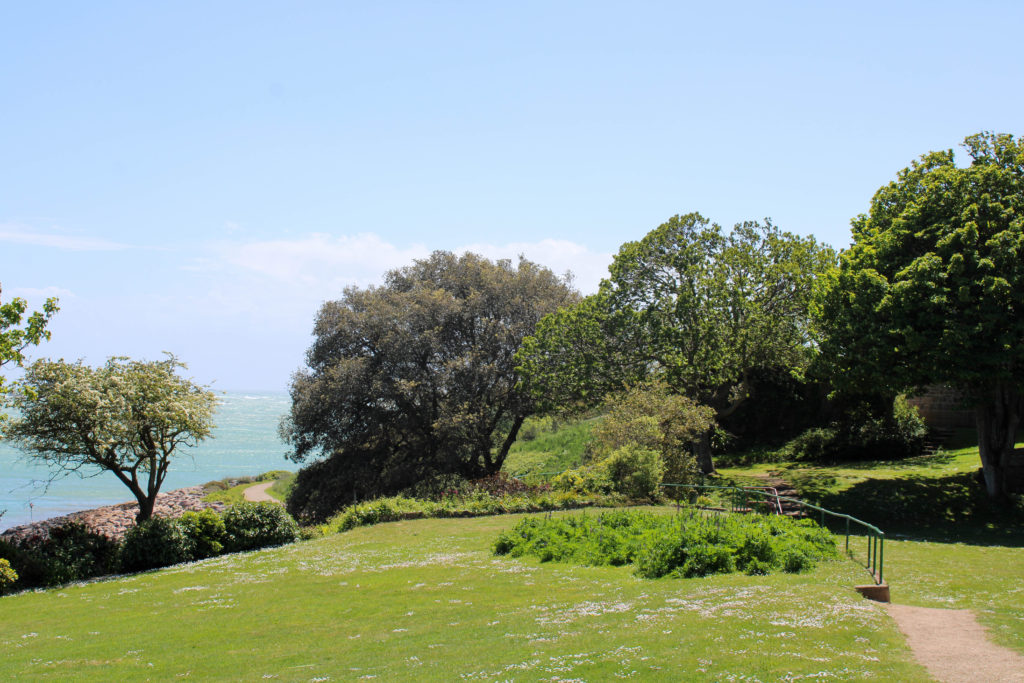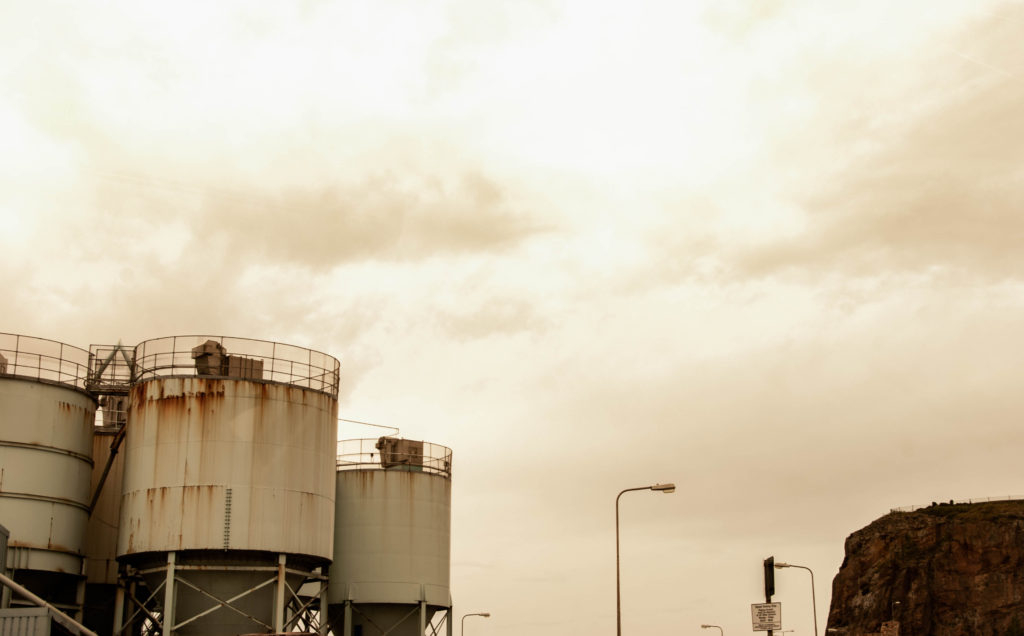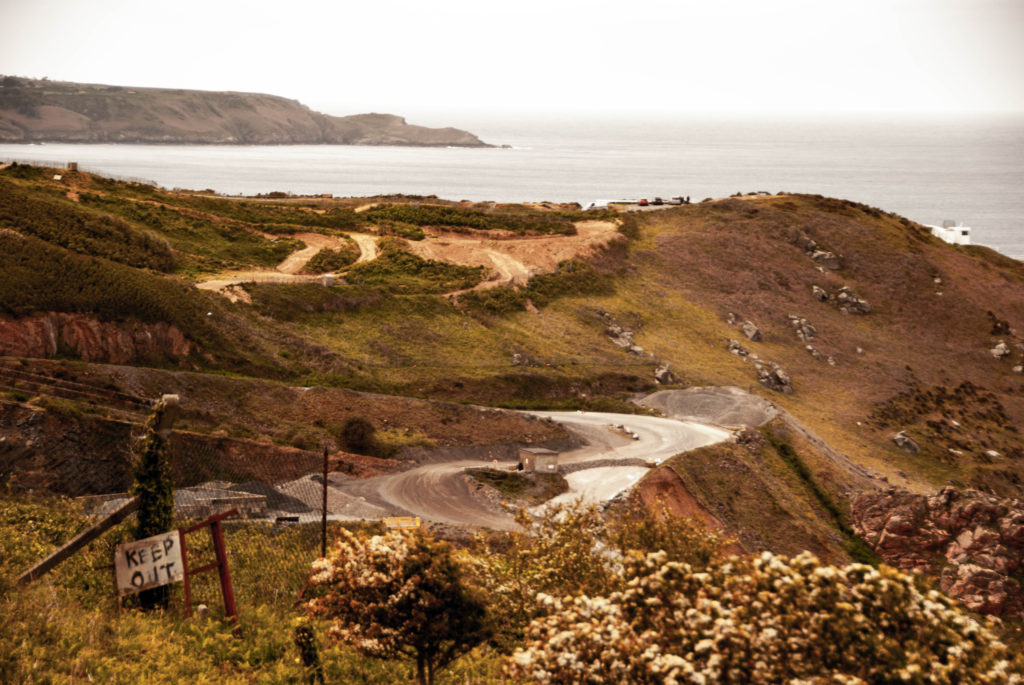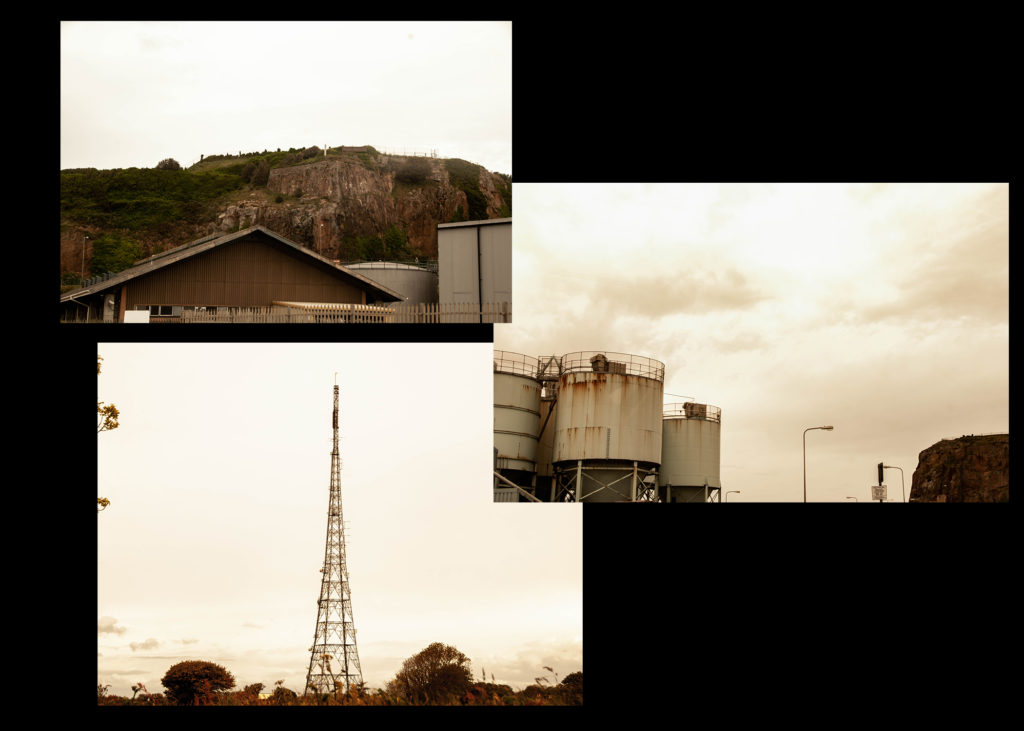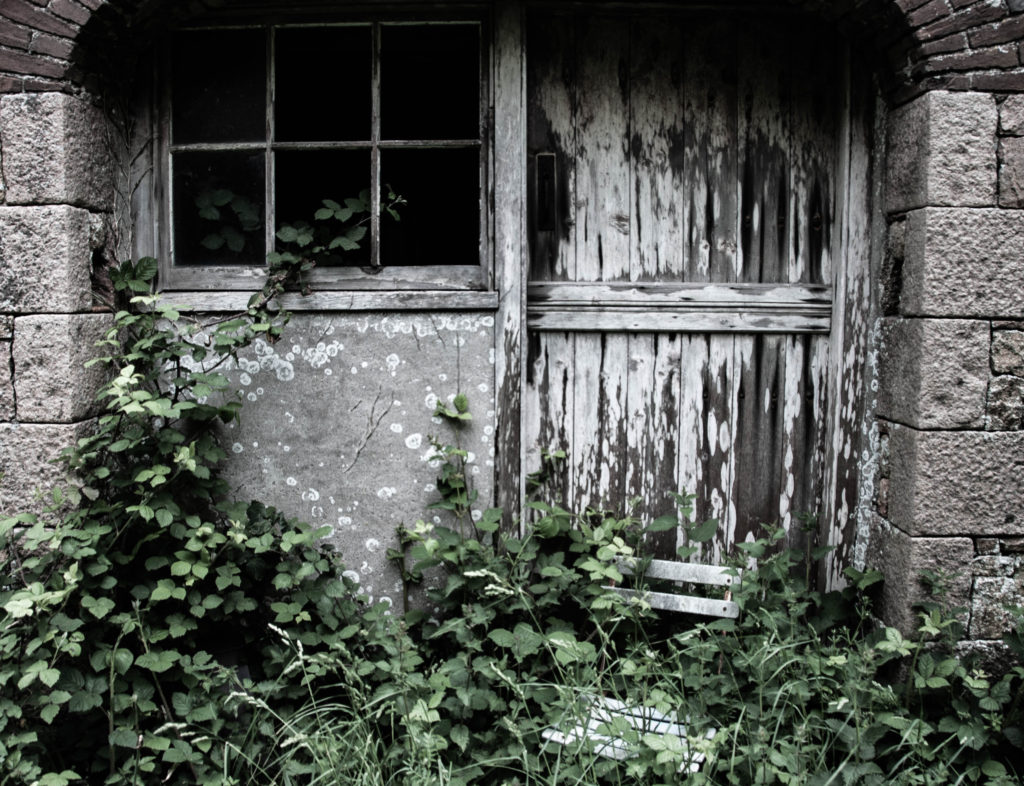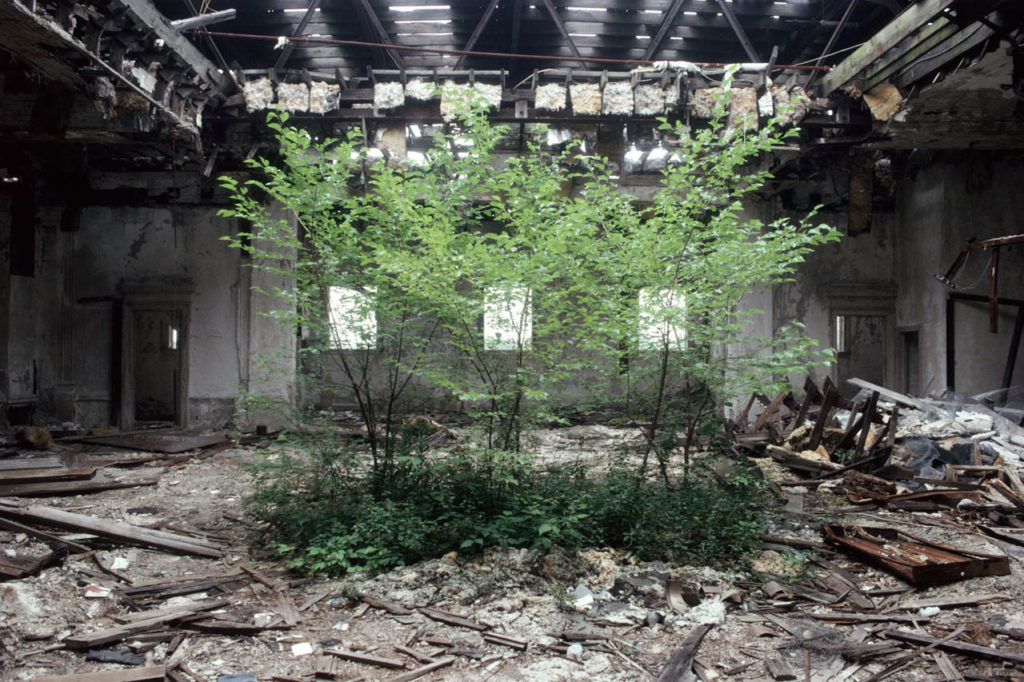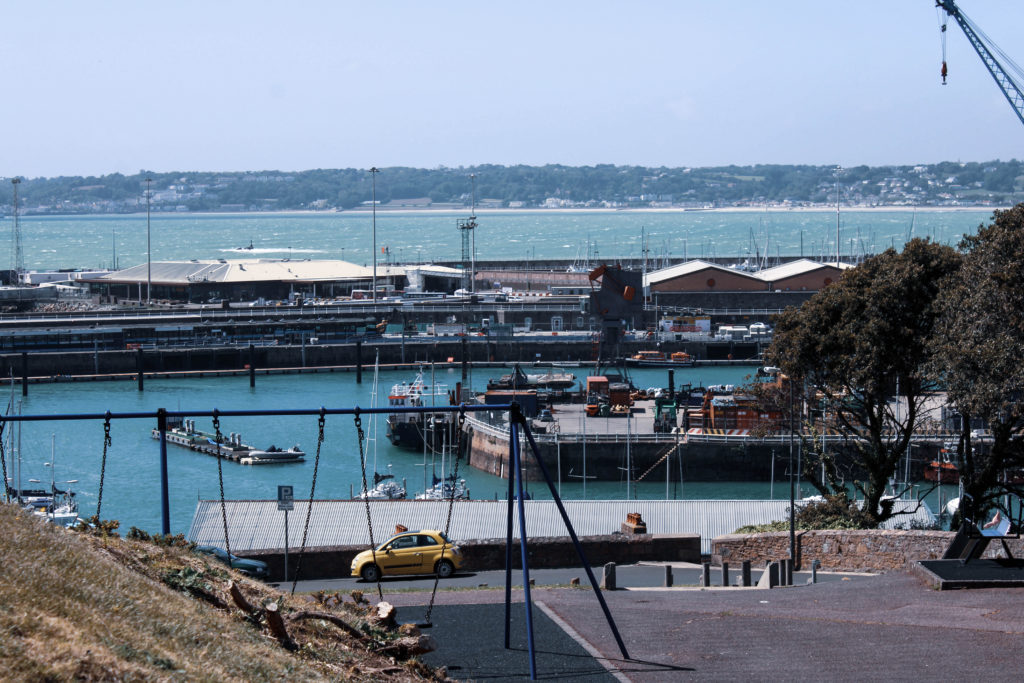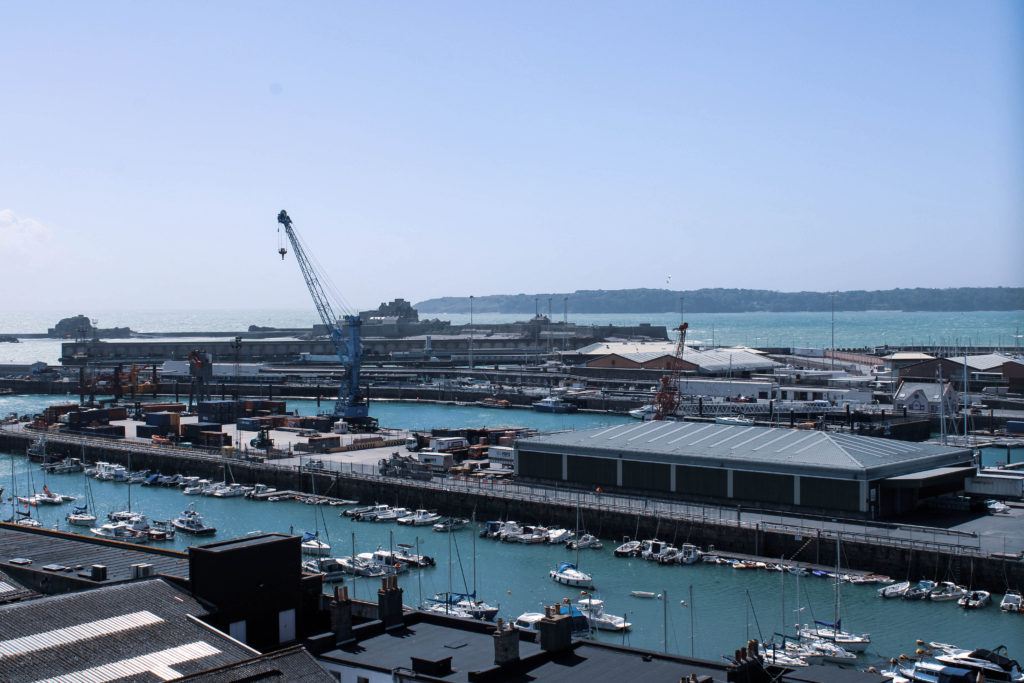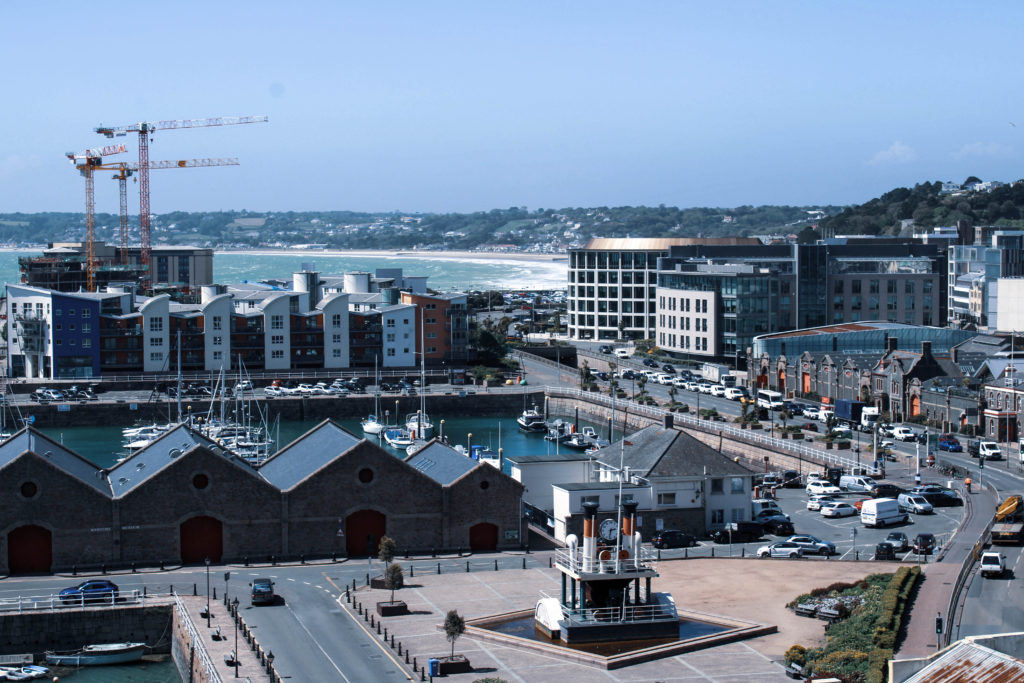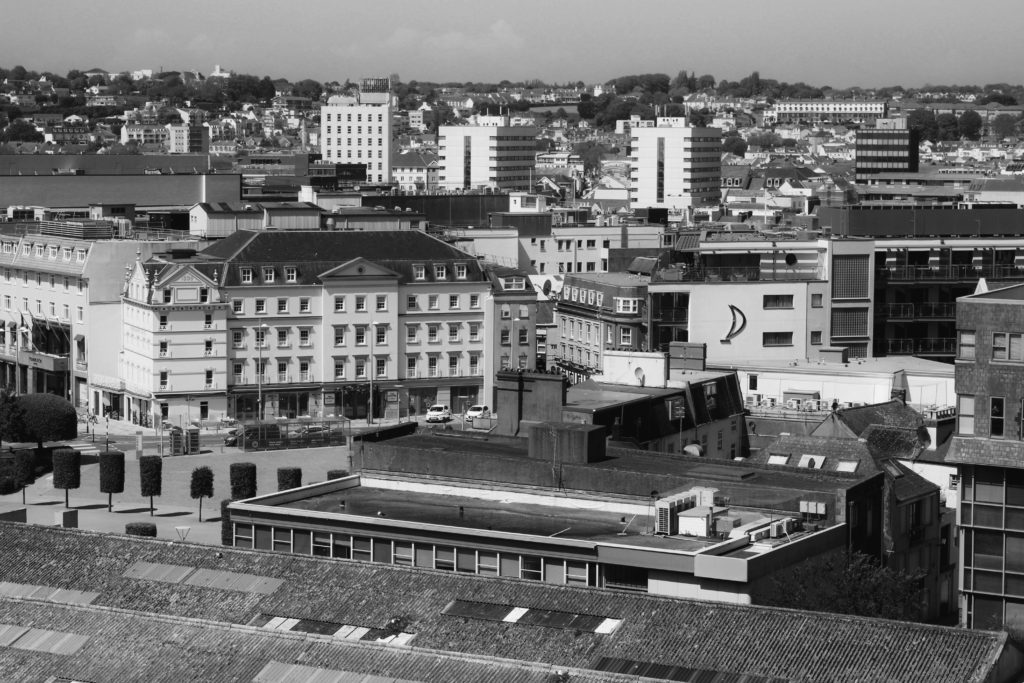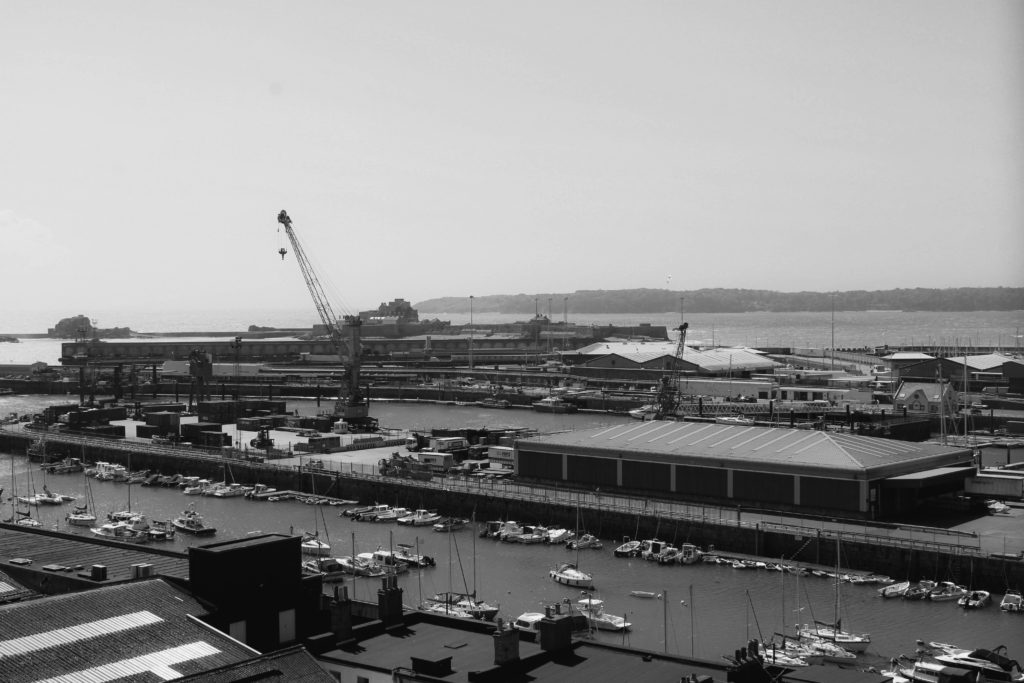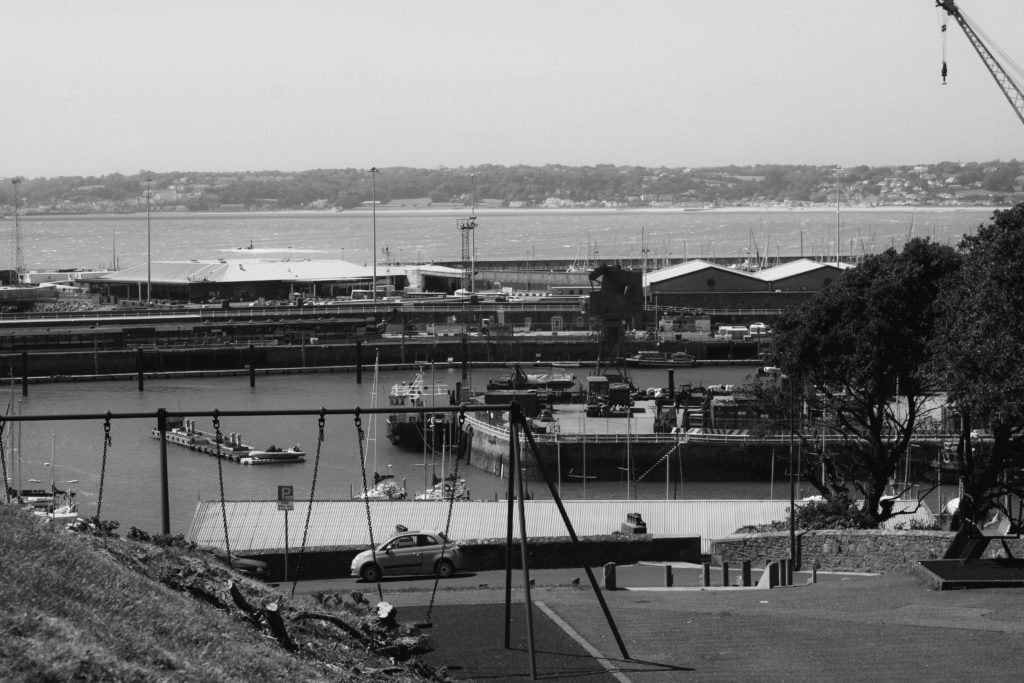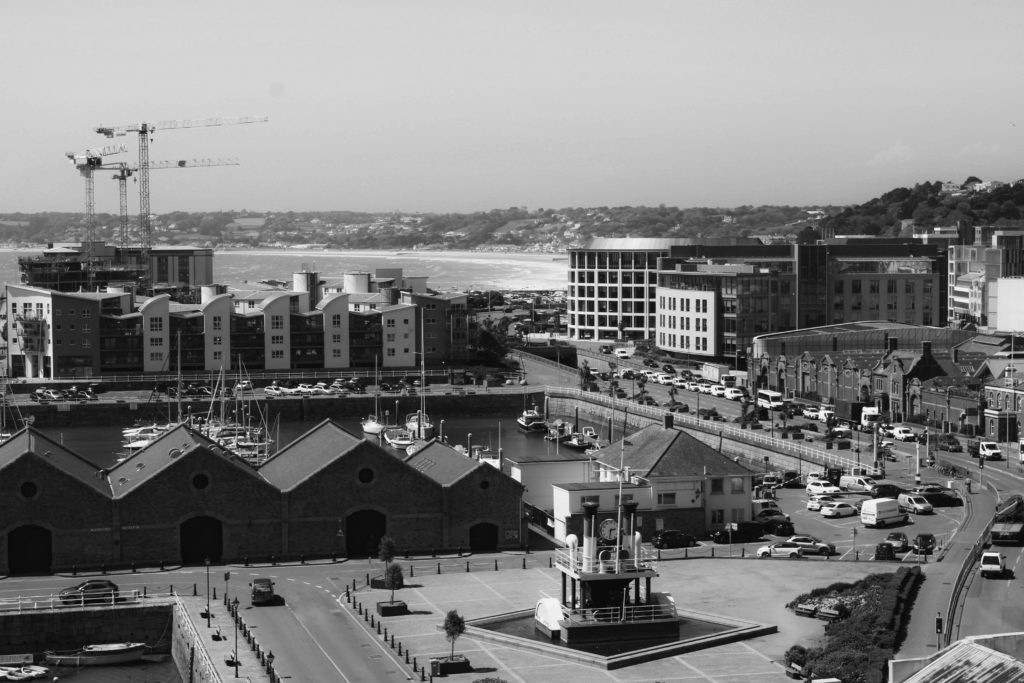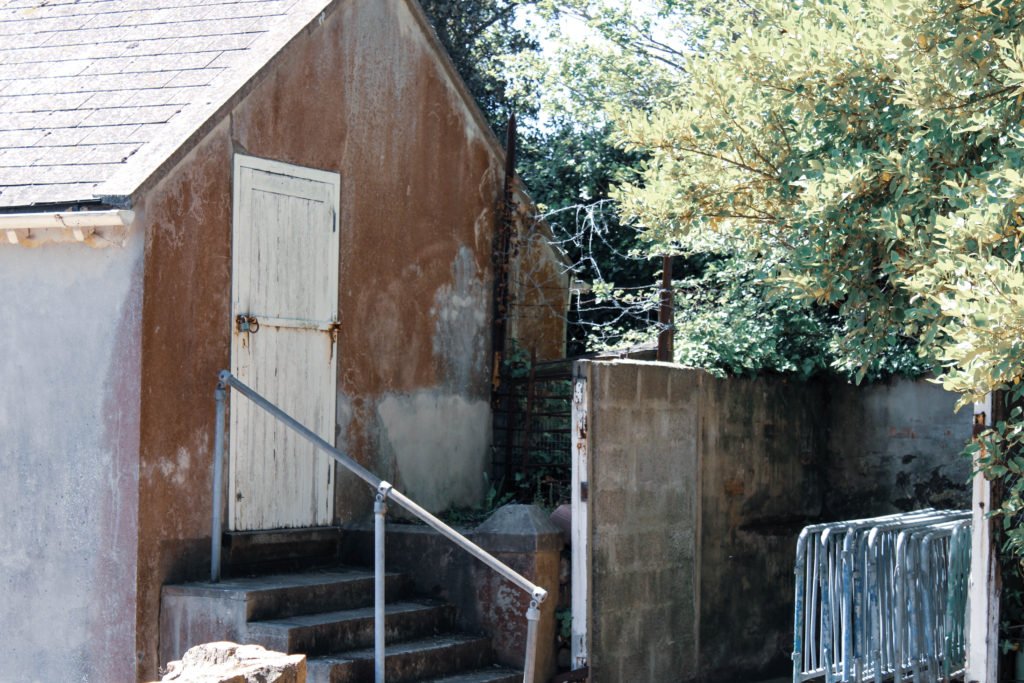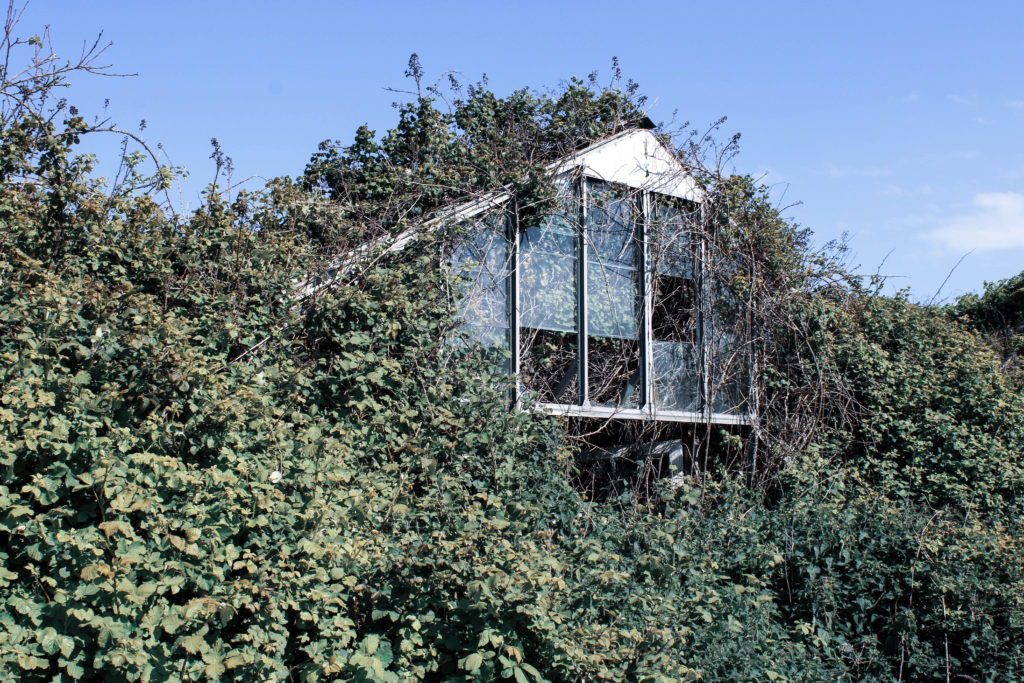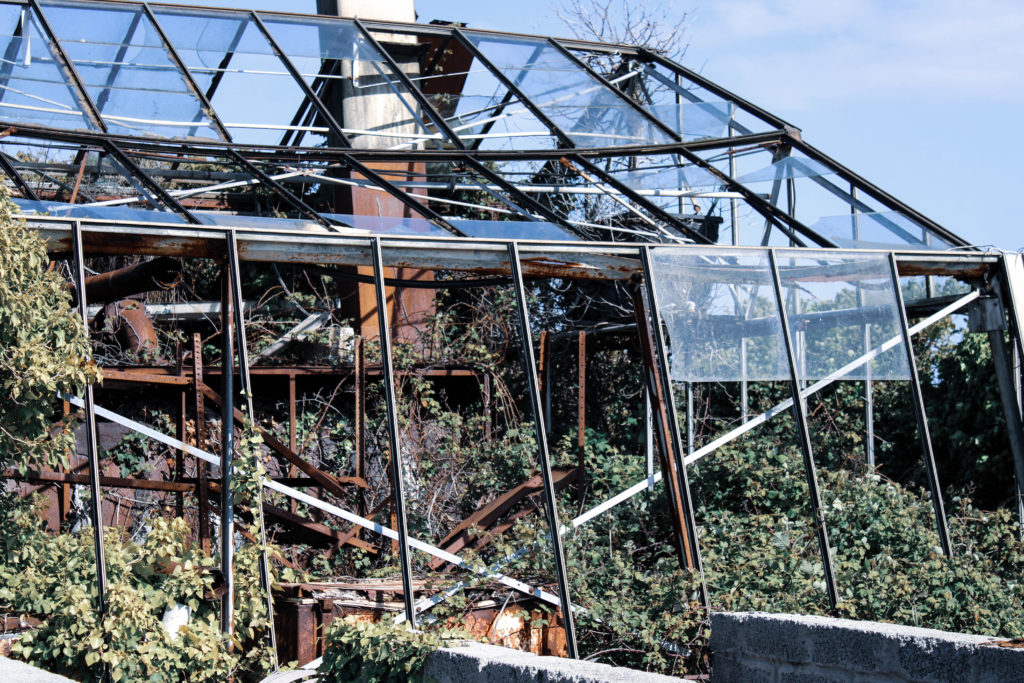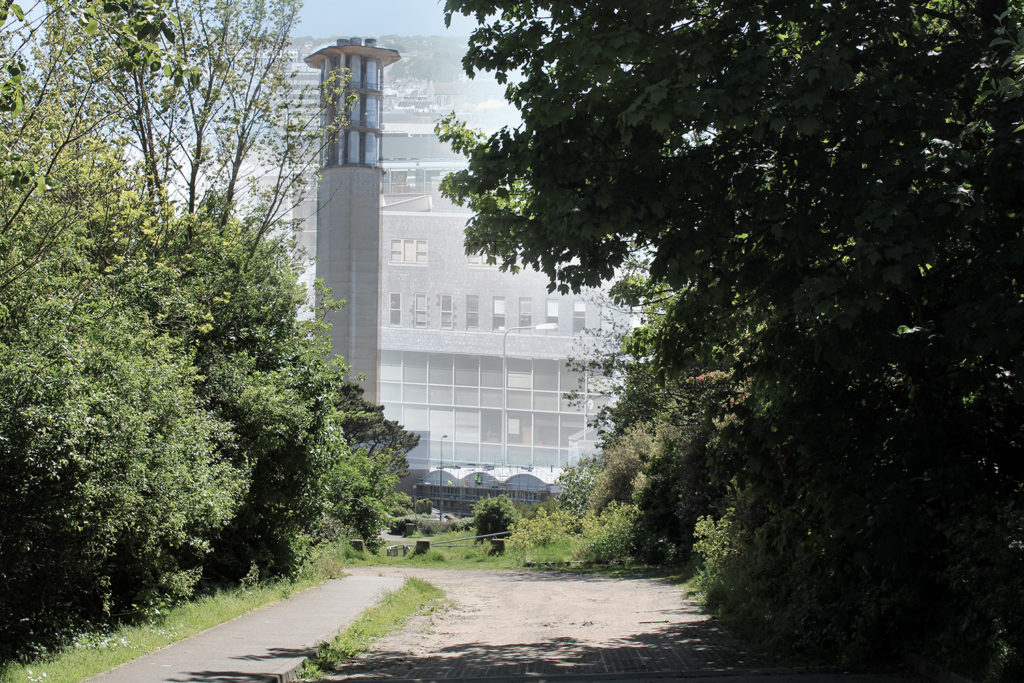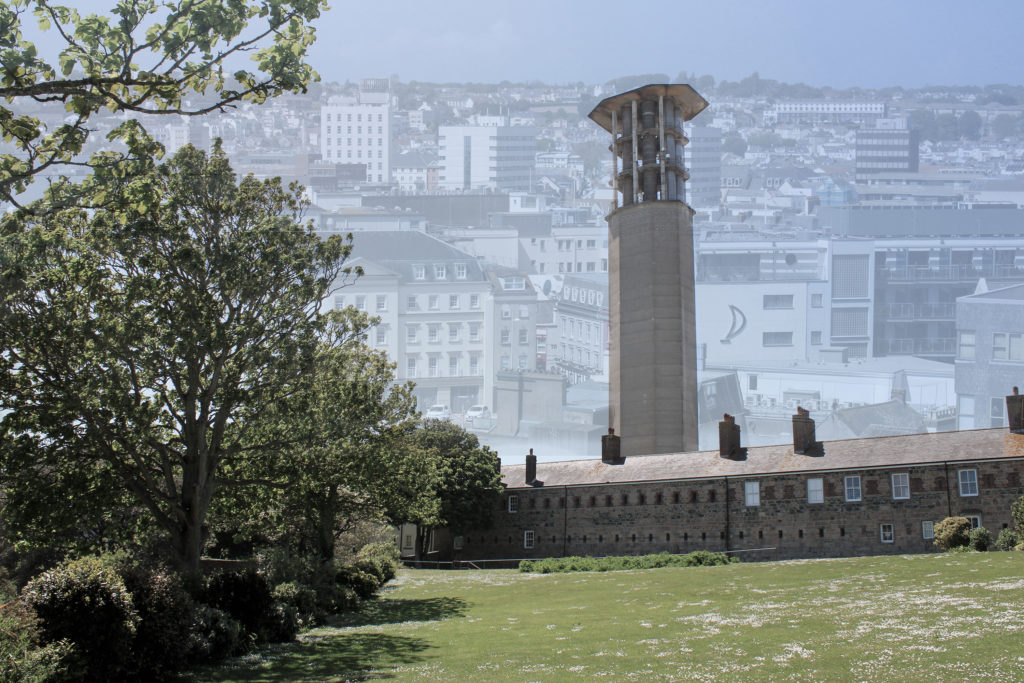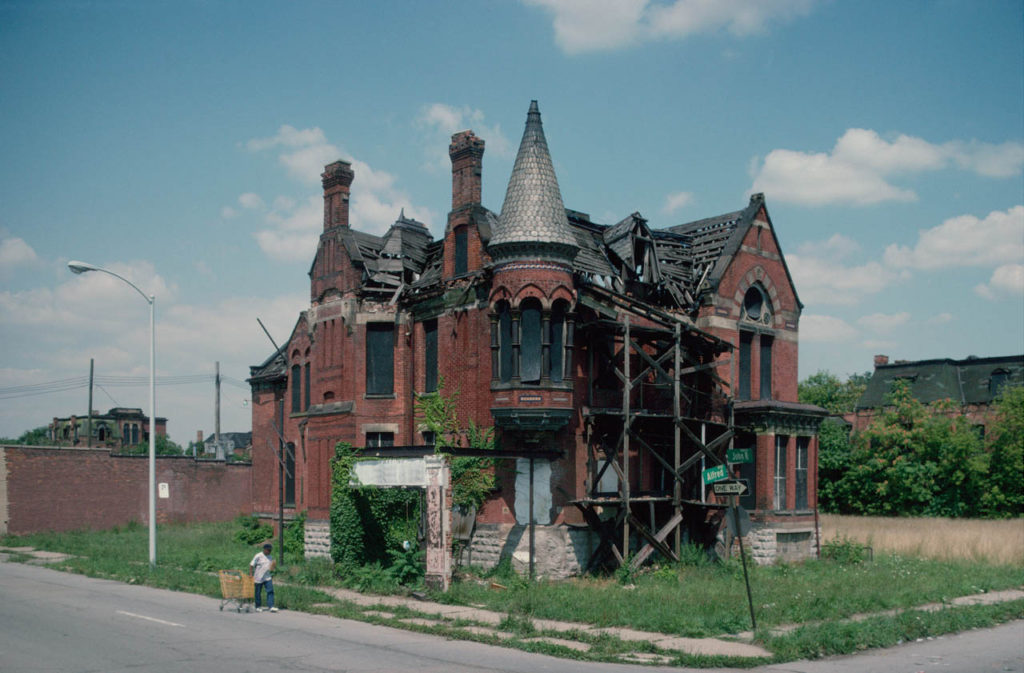Initial aims for shoot:
My initial aims for this Josef Sudek inspired photoshoot were to combine the technique I discovered while on my ‘Photoshoot 2 – Pictorialism’ , creating a dream-like bur, with Sudek’s iconic display of flowers in clear vases being captured on window sills. I wanted to combine these ideas to create a whimsical depiction of nature, however showing how it can adapt to its surroundings – as if these flowers are symbols of hope. I planned on capturing my shoot using the windows inside my home, however I found it difficult to replicate Sudek’s compositions due to my windows not having such a large space underneath for the flowers to sit. Therefore, I had the plan to use my grandparents home to capture my images, a place still close to my heart that held meanings in location as well as subject. I aimed to conduct my shoot during the afternoon as I wanted there to be enough light to illuminate the subject, but not too much so that it became a silhouette. I planned on using the downstairs bedroom window which looks out onto the garden as I knew there were netting curtains that I could experiment with across the windows, I wanted to see whether this background still allowed for the observer to ‘look through’ the image. I had the idea to use an array of either singular flowers or bunches of flowers in the vase, I wanted to use a selection of types of flowers, and also a set of flowers that were more wilted to compare the effects and atmospheres they created.
Initial Shoot Experiments

This first shoot was conducted at my grandparents house, using their curtains to create a set of images with an abstract background. I wanted to mirror Sudek’s use of the rain which lined his windows/background but to experiment with a different pattern to see whether this created a similar mood. The lighting of the room was very cold on my shoot day, the sun was behind clouds which actually made it easier to capture the flowers without risk of them becoming silhouettes, however this also meant the warm pink tones that I had captured in my Photoshoot 1 and Photoshoot 2 were not replicated. I knew that I would have to heavily edit the tones and hues of these photographs in order to mirror my fantasy/dream-like theme, nevertheless I captured several images with strong compositions that I knew could be of use when creating my final selection.
Second Shoot Experiments

I decided there was a need to do a sub-shoot using the same theme and ideas, however this time using a different location where I could better reflect Sudek’s work. I discussed my idea of shooting in front of a panelled window with my friends and was lucky enough to be able to use one of their bedroom windows to conduct my shoot, it was a subtle reflection of Sudek’s location and gave me the opportunity to experiment with compositions lined up with the window panels. I began my shoot without steaming up my camera lens for a few images so when editing I could experiment with how I could manipulate the image to seem blurred in a Pictorialism style, without manually doing it on the day. I then used my technique of creating a fog over the lens with my breath to take the rest of the images, nevertheless there was still a blue hue that washed over my photos. I also wanted to replicate Sudek’s capturing of rain in the background of his images, however on the day of this photoshoot there was no rain forecast, so I came up with the idea of pouring a glass of water over the outside of the glass to look like raindrops rolling down the window. This idea was very successful and allowed me to experiment with aperture to focus on either the flower or the raindrops – I wanted to create a set of images that were delicate and soft, breaking up the fantasy world from previous shoots with hints of reality breaking down.
Juxtaposition Shoot Experiment

After going through my images from each photoshoot, I realized there were not enough nightmare style images to disrupt my photobook design, I wanted to have a book full of juxtapositions and disjointed hues of blue and peach that contrasted each other, conveying a sense of anxiety creeping in. Therefore, I decided on conducting a 4th photoshoot based on the idea of ‘nightmares’, bringing in the idea of Alice in Wonderland by photographing mirrors and clocks that could be placed next to images of foggy streams to link to the theme of escapism. I undertook this photoshoot around my home, capturing old photographs of my younger self/of family members using the blurry method, as well as capturing sharp images of them to contrast which looked better next to my other shoots. I wanted to focus some images on the idea of reflections, using a small mirror in my bedroom to act as symbol for clearing the mind, starting by capturing it fogged up and then capturing it from the same position once the mist disappeared. I used this photoshoot as an opportunity for experimentation, I knew that I would only choose a small selection of images to be presented in my final collection, however I still wanted to see how many ways I would portray the idea of ‘a nightmare’.
Editing



For the first flower experimental shoot I knew there would need to be a lot of manipulation in Lightroom to make the images fit my whimsical theme. I used this as an opportunity to use the different features of Lightroom that I had previously not used as much, such as turning down the clarity of the image and dehazing it to create an over-exposed style. I then saw how turning up the temperature and tint of the image would give it the same peach/pink filter that washed over my other shoots, creating this fantasy display similar to an old blurred photograph. After exploring how turning up or down the contrast/exposure/highlights of the image affected its atmosphere, I found the perfect balance of editing which created my final image. For the second flower shoot, there was still a blue hue that washed over the images due to the artificial indoor lighting being cold, therefore during the editing process I had to, again, turn up the temperature and tint of my images to fit my theme. Even though I had steamed up my lens for most of this shoot, I still used the dehaze and clarity feature to create more of a dreamlike blur over the photos, I believe this successfully replicated Sudek’s work while also bringing in my own personal fantasy style. The nightmare shoot images were mostly cold and lacked in vibrancy, however when editing the two images of my mirror I wanted to experiment with how increasing the blue hue created a mystical and dark atmosphere. All of my images have a fantasy theme, may it be soft positive dreams of childhood or mysterious dark memories rooted in anxiety – this shoot let me edit in an abstract style to separate my subjects from reality. I increased the contrast of this shoot to create sharp edges underneath the blur as there was a lot of shadows and darker tones that I could draw focus to – the circular composition of my mirror image is inviting and unsettling, which were the main ideas I wanted to convey during this shoot.
Final Sudek Inspired Images
Final Juxtaposition Images
Comparison to Sudek:
Sudek’s images are dark, they have a sense of mystery to them, and a sense of loss. Nevertheless, when I look at Sudek’s work, though there is loss, there is also hope – flowers are symbolic of life, it is as if Sudek (even in his confinement to his studio) is telling his observer there is still life wroth living – possibly he is trying to convince himself of this fact also. Comparing my work to Sudek’s, there is a clear link in subject and location – I have tried to replicate his surroundings as best I could with the weather circumstances etc – yet there is a contrast in atmosphere. My images are soft focused and bright, there is a content and calming mood within them as if the over-exposed highlights are beams of sunlight bringing joy and hope. Contrastingly, Sudek’s images are cold and dark – even without saturation it is clear that there is a gloomy atmosphere surrounding his subjects – hinting towards his own isolation. I wanted to create this difference to convey a sense of optimism, even though Sudek may be documenting a difficult time in his life there is still faith in nature and finding a way to adapt – this faith and hope is what I wanted to draw the most focus to in my images, they still give an impression of isolation, however this loneliness is surrounded by warmth and brightness as if its optimism for the future. Additionally, Sudek’s use of soft focus is replicated in my work, yet I have taken it to the extreme using my Pictorialism inspired technique – there is an impression of reality breaking down in both mine and Sudek’s work, with abstract shapes in the background creating an eerie atmosphere. Overall, I am really happy with how my Josef Sudek inspired photoshoot turned out, I have been able to experiment with different editing techniques and compositions, having to explore different ways of conveying a theme of anxiety, escapism and safety.























